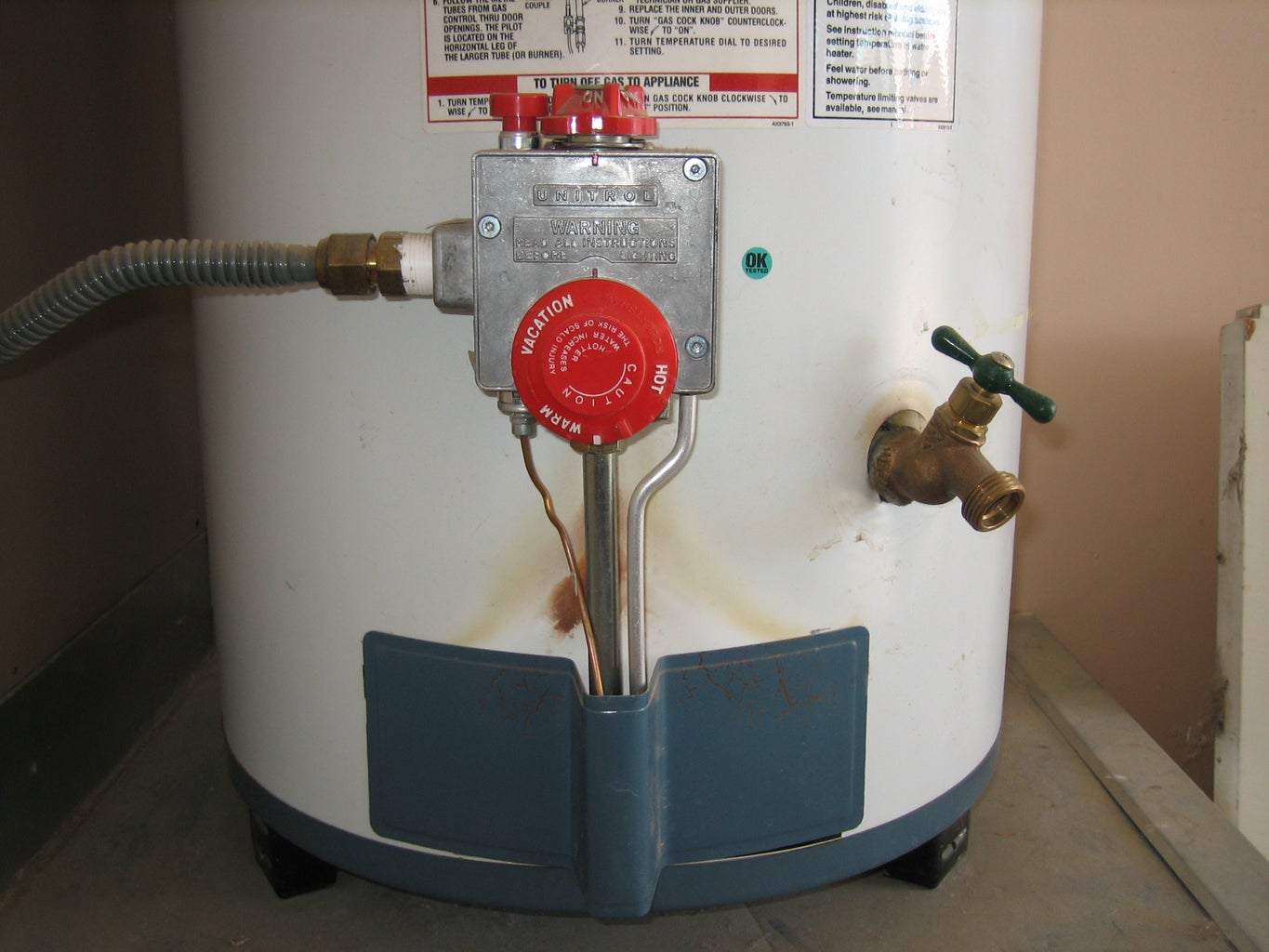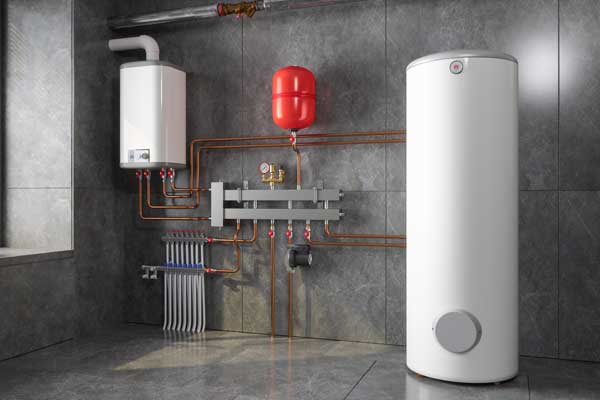This post underneath about Water Heater Maintenance Tips You Can't Afford to Forget is incredibly entertaining. Check it out yourself and figure out what you think about it.

Hot water is necessary for daily comfort, whether it's for a revitalizing shower or washing recipes. To ensure your warm water system runs effectively and lasts longer, routine maintenance is vital. This article offers sensible ideas and insights on just how to maintain your home's hot water system to avoid disturbances and costly repair services.
Introduction
Preserving your home's hot water system may appear difficult, yet with a few easy actions, you can ensure it runs efficiently for years to find. This guide covers every little thing from understanding your hot water system to do it yourself maintenance ideas and knowing when to hire expert help.
Significance of Preserving Your Warm Water System
Regular upkeep not just extends the lifespan of your hot water system however also guarantees it runs efficiently. Neglecting maintenance can bring about lowered performance, greater energy expenses, and also premature failing of the system.
Indicators Your Hot Water System Requirements Upkeep
Recognizing when your hot water system needs interest can avoid major problems. Look out for signs such as irregular water temperature level, strange sounds from the heating system, or rusty water.
Recognizing Your Hot Water System
Prior to diving into upkeep jobs, it's helpful to understand the fundamental parts of your warm water system. Generally, this consists of the water heater itself, pipes, anode rods, and temperature level controls.
Month-to-month Maintenance Tasks
Routine month-to-month checks ca
n help catch small concerns prior to they escalate.
Flushing the Water Heater
Purging your hot water heater gets rid of debris build-up, improving efficiency and prolonging its life.
Checking and Replacing Anode Rods
Anode rods avoid rust inside the storage tank. Examining and replacing them when worn out is critical.
Inspecting and Adjusting Temperature Level Settings
Adjusting the temperature settings ensures optimal performance and safety and security.
Do It Yourself Tips for Upkeep
You can do a number of maintenance tasks on your own to maintain your warm water system in leading problem.
Looking for Leakages
On a regular basis check pipes and connections for leakages, as these can bring about water damages and greater expenses.
Evaluating Stress Relief Valves
Evaluating the pressure safety valve guarantees it operates appropriately and protects against extreme pressure build-up.
Protecting Pipes
Shielding hot water pipes reduces warmth loss and can save energy.
When to Call a Specialist
While do it yourself maintenance is advantageous, some issues call for expert competence.
Complex Concerns Needing Professional Aid
Instances include major leakages, electrical problems, or if your hot water heater is constantly underperforming.
Regular Expert Upkeep Advantages
Expert maintenance can consist of extensive inspections, tune-ups, and making sure compliance with safety and security requirements.
Verdict
Routine maintenance of your home's warm water system is vital for efficiency, durability, and price savings. By complying with these tips and understanding when to seek expert aid, you can ensure a trustworthy supply of hot water without unforeseen disturbances.
Water Heater Maintenance Tips
Test the TPR Valve
- Shut off the power and the cold-water supply valve.
- Place a bucket under the pipe connected to the temperature-pressure-release (TPR) valve on the top or side of the tank. (This valve opens if the tank pressure gets too high.)
- Lift the valve’s tab to let some water out, then let go. If water keeps flowing, drain the tank partway, unscrew the old valve with a pipe wrench, and install a new one.
Check the Anode Rod
- Put a hose to the tank’s drain cock and let out a few gallons of water.
- Now fit a 1 1/16-inch socket onto the rod’s hex head on top of the heater (or under its top plate) and unscrew the rod. If it’s less than ½ inch thick or coated with calcium, buy a new one, wrap its threads with Teflon tape, put it back in the tank, and tighten securely. Use this segmented rod if headroom above the tank is limited.
Drain the Tank and Wash Out Sediment
- Drain the remaining water in the tank into the bucket, then stir up the sediment on the tank’s bottom by briefly opening the cold-water supply valve. Drain and repeat until clean water comes out of the hose.
- Close the drain cock, refill the tank, and turn its power back on.
Adjust the Temperature
- Find the temperature dial on the side of the tank and unscrew its cover. Adjust the dial to 120 degrees using a flathead screwdriver. For every 10 degrees the temperature is lowered, you can expect to save up to 5 percent in energy costs.
- Turn the water heater off or the thermostat down to its lowest setting if you plan to be away from home for more than three days.
Insulate the Pipes
- Buy some self-sticking 3/8-inch-thick foam pipe insulation that matches the pipes’ diameter.
- Slide the foam over the hot-and cold-water pipes as far as you can reach. Insulating the cold-water pipe prevents condensation in summer.
- Peel the tape and squeeze the insulation closed. If the pipe is 6 inches or less from the flue, cover it with 1-inch-thick unfaced fiberglass pipe wrap.
https://www.thisoldhouse.com/plumbing/21016402/how-to-maintain-a-water-heater

As an enthusiastic reader on How to Maintain a Hot Water Heater in a Few Simple Steps, I think sharing that post was really helpful. Sharing is nice. You won't know, you may very well be doing someone a favor. Thanks for your time. Don't hesitate to come visit our site back soon.
Phone
Comments on “Best Practices for Maintaining Your Home's Hot Water SystemEffective Strategies for Caring for Your Home's Hot Water System”